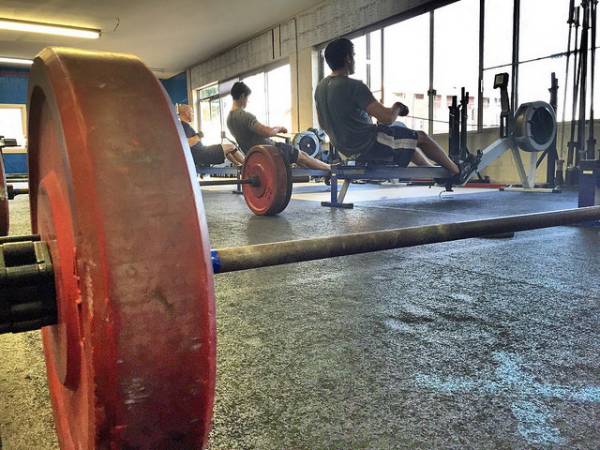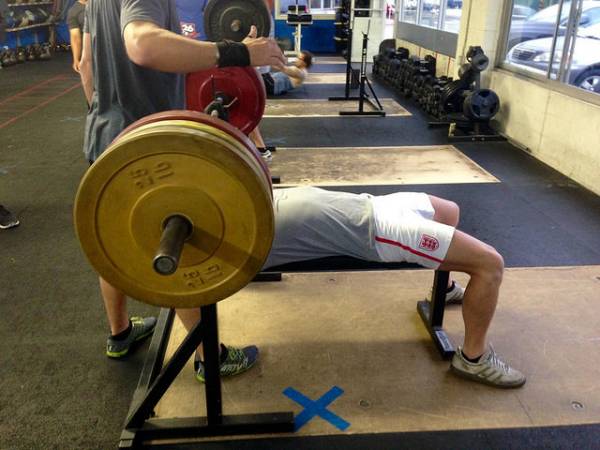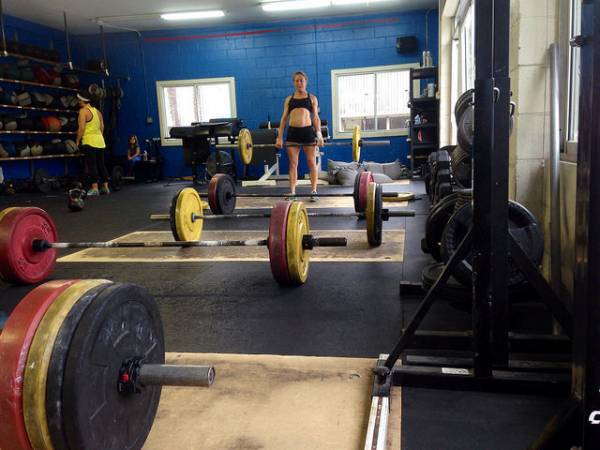You’ve got to love it. So many fantastic tools are available for your strength-training program. You have barbells, dumbbells, various resistance-loading machines, and other ancillary equipment. As a modern-day trainee you have so much to work with.
Be thankful you’re not living pre-1970 when equipment and ideas were limited in comparison.
Training in the 21st century offers you more options. We owe it to the trailblazers of the past. Their efforts gave us what we have today. Not only do you have ergonomically correctly designed devices, but you also have safe and efficient training protocols to choose from. Today, you have no excuses for not maximizing your genetic endowment. You’re spoiled – so take advantage of it.
Here is a list of what I believe to be the greatest inventions in strength-training history. I am sure some of you have others to add to the list, but you can’t argue these.
The Plate-Loadable Olympic Barbell
Invented in early years of the twentieth century, this piece of equipment was not only versatile in terms of exercise options, but also offered quick and easy resistance changes. Prior to that, the historic globe or adjustable barbell was the norm, and the clock-time to change resistance was timely and tedious. With the rotating sleeves and the knurled grip, the modern-day Olympic barbell allows for many exercises to be performed more efficiently.
- Upper-body presses: overhead, incline, flat bench, decline
- Upper-body rows: upright, bent-over
- Arms: bicep curls, tricep press
- Multi-joint leg: back squat, front squat, dead lift, Jefferson lift, hip thrust, lunge
- Single-joint leg: Stiff-leg deadlift, Romanian deadlift, calf raise
- Competition power lifts: bench press, back squat, deadlift
- Competition Olympic lifts: clean and jerk, snatch

The Barbell Squat/Bench Rack
Back in the day if you wanted to squat you needed to clean and press the bar to position it either on your shoulders (back squat) or chest (front squat). What a pain in the ass to do, especially if you could squat more than you could clean. The modern-day squat rack eliminated that ancient task.
Likewise, to perform a supine press (bench press), you were limited in the amount of resistance you could use. Without a place to rack the bar above you while lying supine, you needed to either move the bar into a pressing position or have a partner position the bar over you. What limited your ability to bench press pre-rack days was the ability to position the bar or your partner’s ability to hand off the bar to a pressing position. How awkward.

Wrist Straps
So, you want to target your lower body muscles via conventional bent-leg deadlifting or Romanian deadlifts. But a problem exists if your grip strength is weak and as a result you aren’t able to use adequate resistance to overload those larger muscle structures. A weak grip limits your ability to use heavier resistances.
“What limited your ability to bench press pre-rack days was the ability to position the bar or your partner’s ability to hand off the bar to a pressing position. How awkward.“
But using simple wrist straps allows you to target the stronger lower-body muscles without the issue of losing your grip. And, no, you’re not soft and weak-minded if you use straps. You’re smart for using them to better target your stronger lower-body muscles – so don’t let a weak grip weaken your overall workout.
Spreadsheet Recording Forms
I know what you’re thinking: “Huh? That is an invention?” I know there are smart-phone applications that offer a training plan, but do you need that much technology? How do you record your present results and compare to prior sessions? Can you view it all together? Can you document results or make notes? The old-fashioned pencil and eraser still have a place in our society. Technology is awesome, but good old-fashioned writing-it-down can’t be topped.
A spread sheet containing a menu of exercises and space to record the resistance used, repetitions achieved, time of exercise, rest periods, speed of exercise cadence, etc. is a simple tool (click here for a few samples of mine). It offers a road map for each training session, and is also time efficient and accurate.
“Technology is awesome, but good old-fashioned writing-it-down can’t be topped.”
But to date, I see well-intended trainees enter the training center and randomly go about their business with no set plan. A few of these, a few of those, maybe some of this and some of that. No plan, no progress, and thus minimal results. How the heck can you remember what you did on a second set of dumbbell incline presses on a Wednesday three weeks ago? Write it down.

Don’t Take Your Equipment for Granted
How often do you use each of these inventions? Can you imagine your training without them? While there is much in the gym that we take for granted, we have a lot more than the athletes and trainees that came before us. So stop taking it for granted, and put it to good use. You’ll have better results to show for it.
References:
1. Jan. Todd, “From Milo to Milo: A History of Barbells, Dumbbells, and Indian Clubs.” Iron Game History, Vol. 3, No. 6, pp. 4 – 16.
2. John Wood, “Old-time Strongman Blog.” Accessed April 28, 2015.
You’ll Also Enjoy:
- A Strength Training Session Without Conventional Equipment
- The Killer App: Using the Right Equipment for the Right Exercise
- 3 Tips for Building a Home Gym on a Budget
- New on Pulse Beat Fit Today
Photo 1 courtesy of Shutterstock.
Photos 2-4 courtesy of CrossFit LA.






